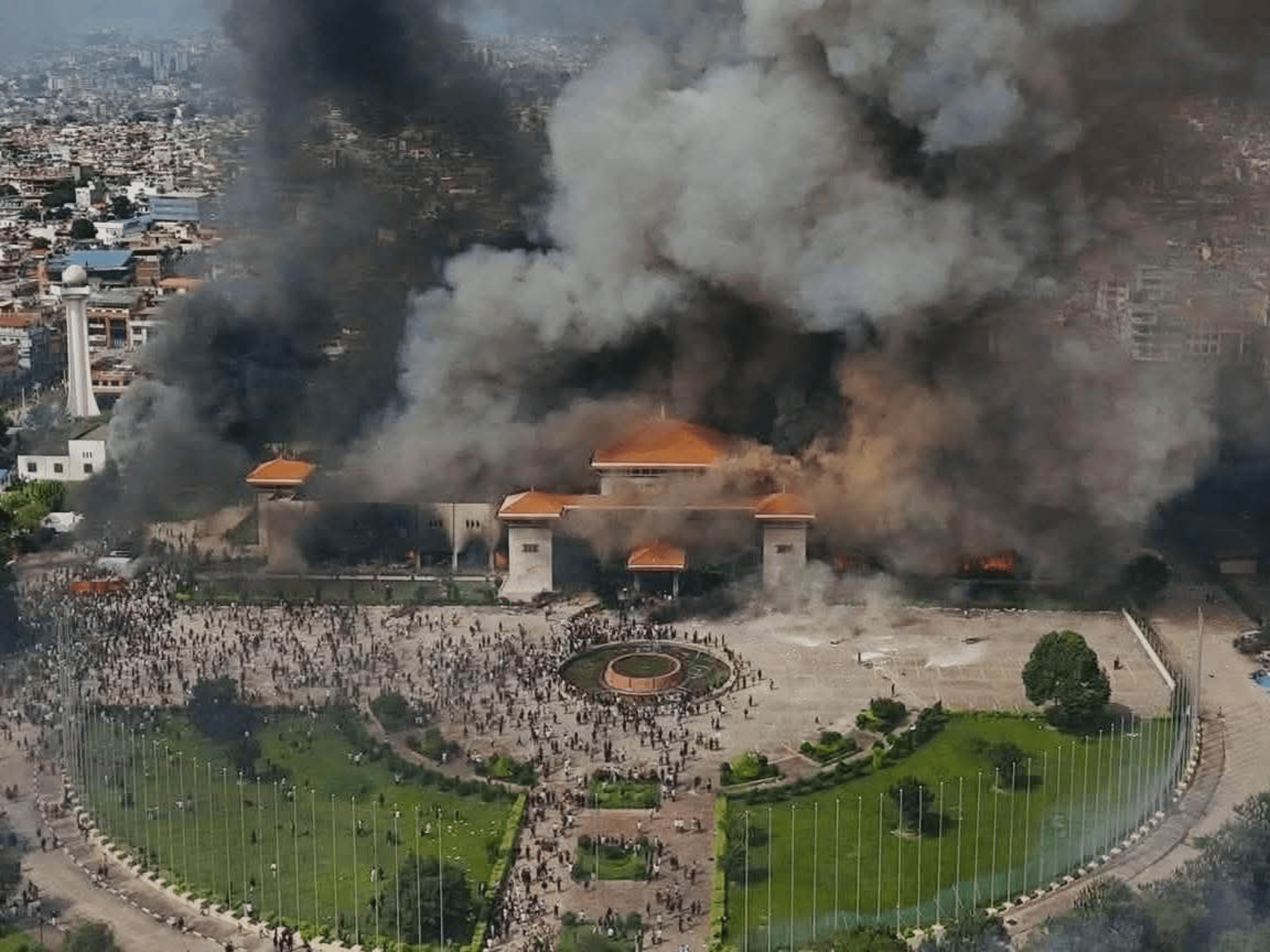Nepal’s capital plunged into chaos as mass protests erupted over a sudden social media ban and years of mounting corruption. The unrest intensified when police fired on crowds, leaving at least 19 dead and hundreds injured.
Prime Minister KP Sharma Oli’s government lifted the ban after two days of violence, but the move came too late to quell rage. Shortly after, Oli resigned amid searing criticism and growing calls for reform.

Why did mass protests erupt in Nepal?
Nepal’s youth, frustrated by high unemployment and government corruption, organized large protests after officials banned over two dozen social media platforms. Demonstrators viewed the restrictions as censorship, leading to massive rallies and violent confrontations with security forces.
Many in the crowds were teenagers and Gen Z activists, rallying under banners that condemned old guard politicians and corruption. The abolition of internet freedoms became the rallying point for ever-expanding anti-government dissent, as social media was essential for activism and community.
Did you know?
Nepal banned TikTok for months in 2023, only restoring access after the company agreed to strict local regulations.
How did the government respond to unrest?
Authorities responded with force, imposing a curfew and using rubber bullets, water cannons, and live ammunition. These measures, particularly the shootings, deepened anger nationwide as images of burning buildings and injured protestors spread rapidly online and through news.
The Cabinet lifted the social media ban early Tuesday after mounting pressure, but protests continued. The prime minister’s residence and several top officials’ homes were set ablaze, and hundreds of ministers and MPs resigned in protest or fear.
What fueled youth anger at Nepal’s leaders?
Rampant unemployment and allegations of nepotism among political elites stoked youth frustration. Young protestors accused so-called ‘Nepo Kids’ of unfair privilege while thousands of their peers left Nepal daily to seek work abroad. Slogans demanding an end to corruption echoed through Kathmandu’s tense streets.
Social inequality compounded these issues. Protesters cited a lack of accountability, with leaders enjoying luxury while most young Nepalese struggled. Many viewed the government’s crackdown as an attempt to silence critics rather than address economic or social needs.
ALSO READ | What sparked the Gen Z protests in Nepal following the social media ban
Did the social media ban escalate the violence?
The restriction of digital platforms cut off vital communication lines and amplified outrage. Nepal’s government defended the move as an effort to combat misinformation and fraud, but activists saw it as an attack on free speech. Rapidly organized protests swelled into the tens of thousands and turned deadly when police opened fire.
Access was restored to 26 major networks, including Facebook and YouTube, after violence peaked, but the damage to trust proved irreparable. The reversal did little to calm tensions, with youth insisting that both censorship and corruption must be tackled immediately.
What does the PM’s resignation mean for Nepal?
Prime Minister Oli's resignation fulfilled a crucial protest demand, yet it left Nepal at a critical political juncture. Uncertainty clouds the future, with the possibility of further resignations across government and speculation about military involvement to restore calm. Gen Z activists say their fight is not over as they seek justice for victims and lasting changes.
The protests have the potential to significantly impact Nepal's democracy, exerting pressure on leaders to prioritize issues such as transparency, youth opportunities, and online freedoms. What comes next will likely shape the nation’s politics and civil rights for years to come.
Nepal’s crisis spotlights the urgency of political change and youth empowerment. Momentum for reform remains strong as new leaders consider the country’s next direction and the partial restoration of trust and stability.


Comments (0)
Please sign in to leave a comment